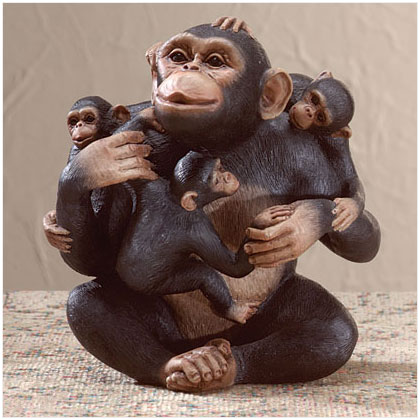Keeping Our Children Safe Should Not Be Just a Political Slogan
In some areas of our country, this is all too common an occurrence:
His name was Alex Anthony.
He was a jokester; a boy known as one of the best dancers in his family; a loyal companion to his grandmother, with whom he shared the same birthday.
Last month, the 13-year-old -- shot in the head by a stray bullet a block from his Indianapolis home -- quietly slipped away after his family made the agonizing decision to have him taken off life support.
"This is something we will never get over," said Hattie Hunter-Anthony, one of Alex's many aunts in his large family.
The horrific school shootings in Colorado, Wisconsin and at an Amish schoolhouse in Pennsylvania -- which left six girls and a principal dead, all within a week -- have caused many to wonder just how safe our children are.
Truth is, young Americans die at the hands of other people at an alarming rate, greater than any other Western nation. Every day in 2003, an average of about 15 youths, ages 10 to 24, were victims of intentional and accidental killings, according to the most recent statistics available from the federal Centers for Disease Control.
Few of them died in school shootings.
More often, they were the Alexes of the world -- most likely to be shot, but also the victims of stabbings, beatings and other abuse.
They are young people such as Starkesia Reed, a high school freshman who was struck and killed in March by a bullet from an AK-47 as she stood by a window in her home in Chicago's impoverished Englewood neighborhood. About a week later, in the same neighborhood, 10-year-old Siretha White was killed much the same way as she attended a surprise birthday party at her aunt's home.
"She had dreams and she didn't get to finish doing her dreams," Siretha's mother, Siretha Woods, said at the time.
While experts are pleased that the White House has taken action to explore the serious issue of school shootings, many say they wish similar efforts were being made to address these other killings.
"I think we've come to expect violence in cities, violence among urban youth, violence among minority youth," said Dr. Linda Teplin, a psychiatry professor and director of the psycho-legal studies program at Northwestern University's medical school. "It no longer shocks us. It's the unexpected that shocks us."
In a study published last year in the medical journal Pediatrics, Teplin and her co-authors reported that school shootings resulted in 52 deaths between 1990 and 2000. By comparison, they noted that in New York City alone during the same time period, homicides accounted for the deaths of 840 inner city youths, ages 14 to 17.
Rural areas are not without their share of killings.
Read the whole thing.
I have students who belong to gangs. I have students who have parents in prison. I have students who have seen loved ones killed before their eyes. I have students who sell drugs to make a living. (And before the homeschooling mafia goes nuts, two of these students were former homeschoolers, so back off the demonization of public schooling regarding those statements, please.)
It is often difficult for us to imagine the kinds of lives some of our students lead. Having said that, however, does not mean that we should make excuses for students who bring their violence into our schools. I have seen sympathy for neighborhood situations cause administrators to make deals for students caught behaving violently, and I believe this kind of thinking merely perpetuates the violence. A misplaced sense of mercy for these students merely makes MORE students potential victims of violence. (We won't even mention the effect it has on poor little old me when I wade into a scrum while other blissfully unaware staffmembers giggle in their klatch around the corner.)
Due to the way the media works, tragedies like school shootings get loads of press, while the stories of people getting the job done in quiet dignity gets swept aside. It has really seemed that there was a new shooting every day for the last two weeks in one school or another.
Our children face danger at a far higher rate in their homes than at their schools. This patterns holds true internationally, as well. But one child shot, or beaten, or raped, or neglected is one eternal tragedy too many.







1 Comments:
Love your post...it's right on and I swear we teach the same kids. And your comment about the homeschoolers selling drugs could have been written by me as well. A drug bust at a high school I used to teach at rounded up the ring-leader - a former home-schooler who's father was fundamentalist minister. There are kids of all stripes in all situations.
Post a Comment
<< Home